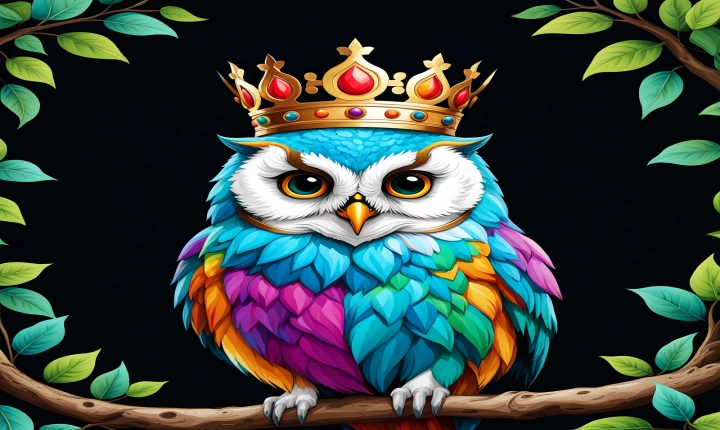Title: How Do AI Photos Work: A Look at the Technology Behind Artificially Intelligent Photography
In recent years, artificial intelligence (AI) has rapidly transformed various industries, including the realm of photography. AI-powered cameras and photo processing software have revolutionized the way we capture, edit, and enhance images. But how exactly do AI photos work, and what makes them unique? Let’s delve into the technology behind AI photography to understand its inner workings and implications.
1. Image Recognition and Analysis: At the heart of AI photography is the ability to recognize and analyze images. AI algorithms are trained on vast datasets containing millions of photos, enabling them to identify objects, scenes, and patterns within images with remarkable accuracy. This image recognition capability allows AI-powered cameras to automatically adjust settings, such as exposure, focus, and white balance, based on the content of the scene.
2. Scene Optimization: AI-assisted cameras can intelligently optimize shots by analyzing the subject and context in real time. For example, in a portrait mode, the AI may identify the presence of a human face and apply enhancements to achieve optimal skin tone, sharpness, and background blur. Similarly, in landscape photography, AI can assess the scene’s elements and adjust settings to capture vibrant colors and crisp details.
3. Image Enhancement and Editing: AI-powered photo editing software leverages advanced algorithms to enhance and modify images in a myriad of ways. From removing unwanted elements to adding artistic effects, AI can assist photographers in achieving their desired results with unprecedented precision and efficiency. Moreover, AI can learn from user preferences, enabling it to provide personalized editing suggestions based on past interactions.
4. Deep Learning and Neural Networks: AI photos rely on deep learning, a subset of machine learning, which employs neural networks to simulate the human brain’s cognitive processes. Through iterative training and adjustment, neural networks can recognize complex patterns and make sophisticated decisions, enabling AI to interpret and process visual information in a manner that closely resembles human perception.
5. Real-time Processing: One of the key advantages of AI photos is their ability to process and analyze images in real time. This enables AI-powered cameras to deliver instant feedback and adjustments, ensuring that each shot is optimized for the best possible outcome. Real-time processing also extends to post-capture image editing, allowing for instantaneous enhancements and alterations on the fly.
6. Ethical and Privacy Considerations: While the capabilities of AI photography are impressive, they also raise ethical and privacy concerns. AI’s ability to analyze and interpret images has implications for data privacy and consent, as well as the potential for misuse in surveillance and unauthorized image manipulation. It’s crucial for AI photo technology to be developed and used responsibly to address these challenges.
In conclusion, AI photos are the product of cutting-edge technology that leverages advanced algorithms, deep learning, and real-time processing to revolutionize the way we capture and edit images. As AI photography continues to evolve, it holds the potential to redefine the boundaries of visual creativity and expression, while also prompting important discussions around ethics, privacy, and digital manipulation. Understanding the technology behind AI photos is not only essential for photographers and enthusiasts but also for society at large as we adapt to the impact of AI in visual media.
